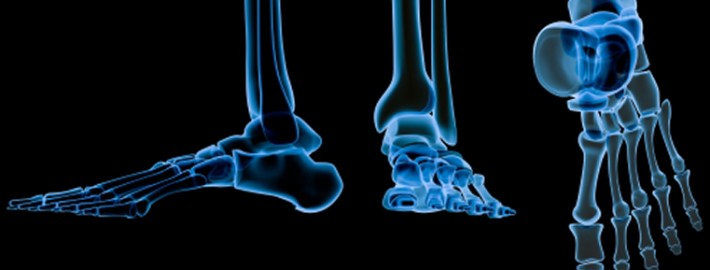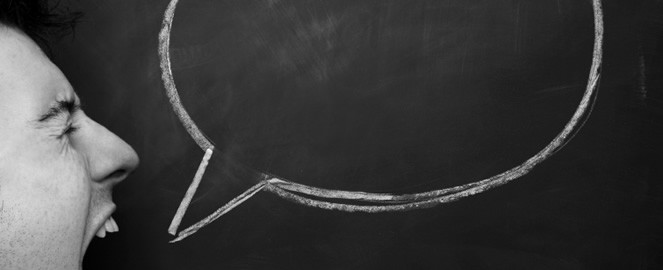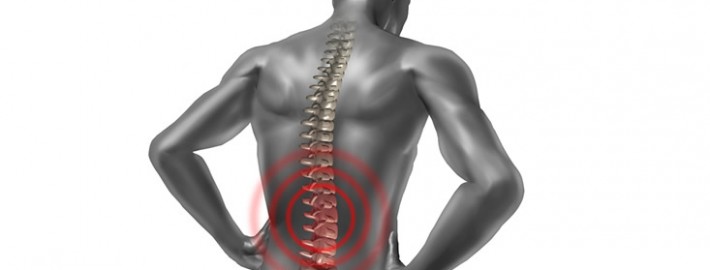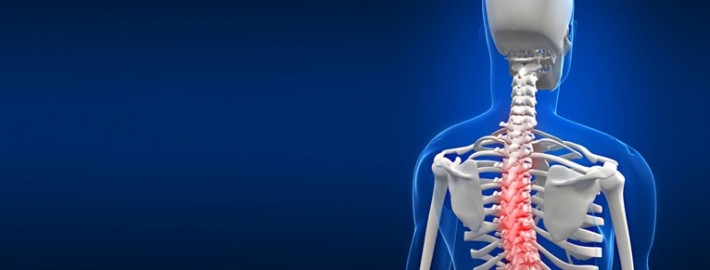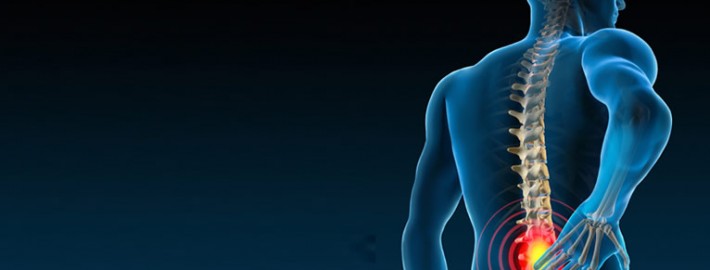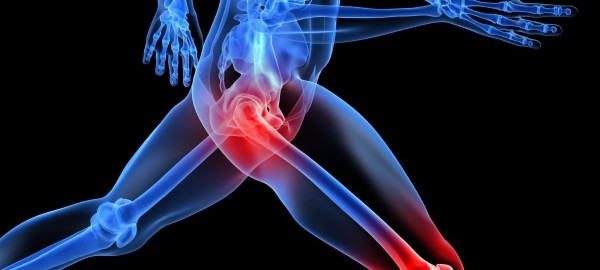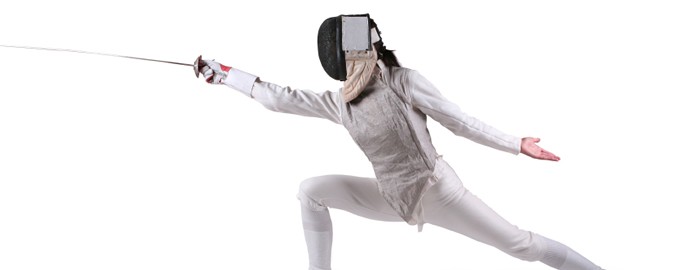This is common in growing children, particularly boys, and manifests in pain and swelling at the top of the tibia just below the kneecap. It occurs mainly in sporty children and usually during a period of rapid growth and increased exercise.
The increased tension of the thigh muscles can pull on the pelvis and cause a malalignment of the sacroiliac joint, a leg length discrepancy, and incorrect foot biomechanics. This in turn changes the mechanics of the knee causing an increased strain of the quadriceps muscle, resulting in pain and inflammation as it inserts into the tibia.
Treatment may involve realignment of the back and pelvis, the use of insoles to correct foot biomechanics, ice, massage and progressive stretching and strengthening exercises.

